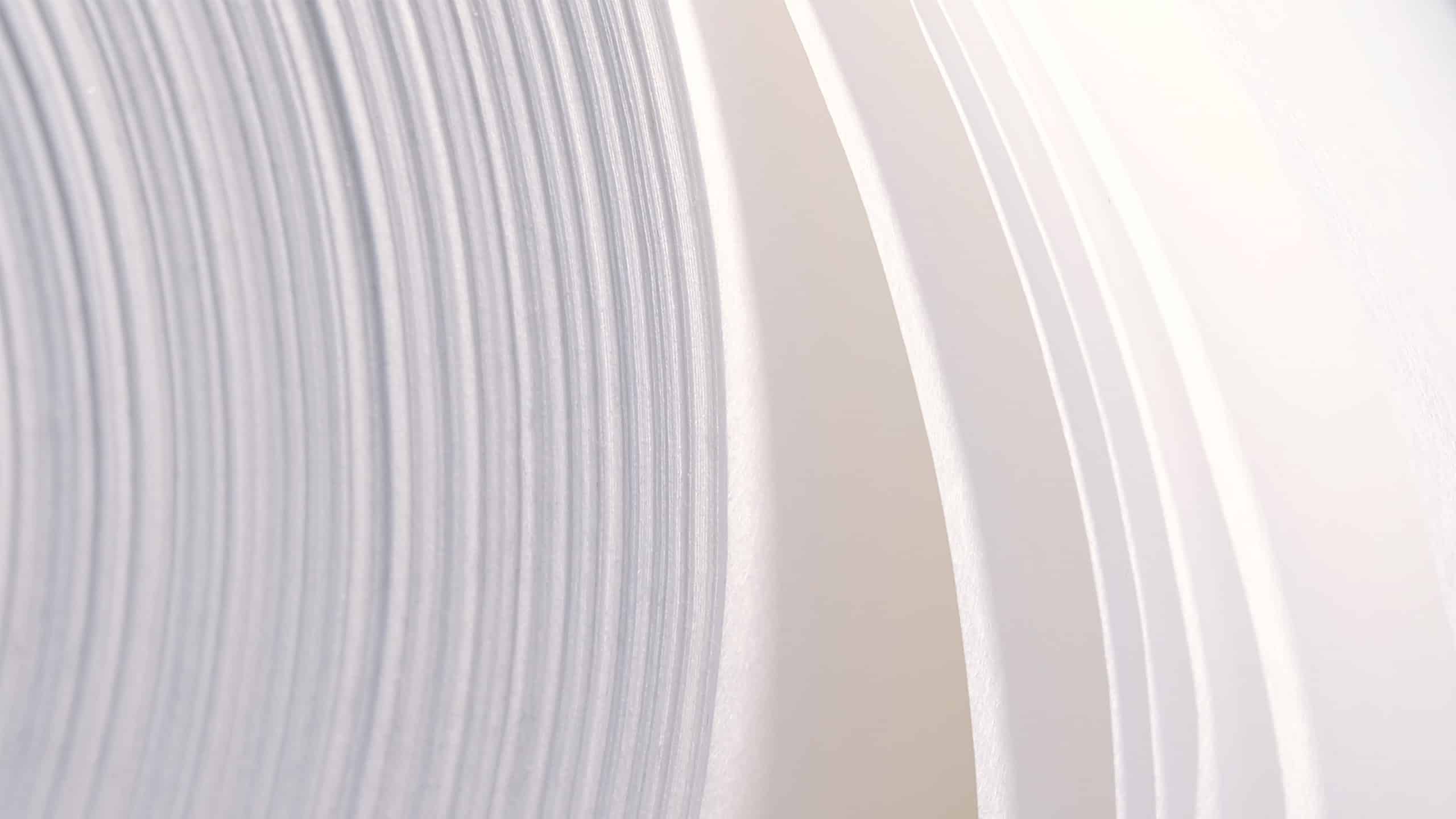How to ensure your packaging aligns with eco-friendly values

Understanding Eco-Friendly Packaging
Eco-friendly packaging is a concept centered on using materials and processes that minimize environmental harm. According to the Confederation of European Paper Industries (CEPI), selecting sustainable materials that are renewable, biodegradable, or recyclable is essential in reducing the carbon footprint linked to traditional packaging. This method not only mitigates environmental impact but also supports global sustainability efforts by conserving resources and reducing waste. The significance of eco-friendly packaging is increasingly recognized. As businesses and consumers become more environmentally aware, demand for sustainable packaging solutions grows. Implementing eco-friendly packaging practices allows companies to contribute to a more sustainable planet while aligning with consumer values, enhancing brand reputation and loyalty. Transitioning to sustainable packaging is crucial in addressing pressing environmental challenges, such as plastic pollution and resource depletion, as highlighted by the European Environment Agency.
The Role of Fibre-Based Materials
Fibre-based materials are vital in sustainable packaging. CEPI emphasizes that these materials can be responsibly sourced from sustainably managed forests, ensuring wood production maintains biodiversity, productivity, and ecological processes, while ensuring long-term viability. Such practices are essential for preserving forest ecosystems and reducing the environmental footprint of packaging solutions. Our fibre-based materials provide numerous environmental benefits. They are renewable, recyclable, and often biodegradable, making them a preferred alternative to plastic. Unlike traditional fibre-based solutions, our materials are designed to be durable and flexible, offering a robust solution for various packaging needs. By choosing such materials, businesses can significantly reduce their reliance on non-renewable resources and contribute to a circular economy, as noted by CEPI.
Paptic’s Unique Approach
Our sustainability approach is grounded in responsible sourcing and innovative product development. We’ve developed a unique material that merges the advantages of paper, plastic, and textiles, offering an eco-friendly alternative to traditional packaging. This innovation enables us to provide solutions that are both sustainable and practical, meeting modern business needs without compromising on environmental values. For instance, our Paptic® material is distinguished by its soft and luxurious feel, enhancing consumer experience while providing a strong and durable packaging solution. Unlike many traditional fibre alternatives, our products are designed to run on existing packing lines without modifications, ensuring seamless integration for businesses transitioning to more sustainable practices. This not only reduces implementation costs but also promotes the broader adoption of eco-friendly materials in various industries, including dry food packaging.
Challenges in Sustainable Sourcing
Sourcing sustainable materials can be complex. Achieving truly responsible sourcing involves navigating challenges such as ensuring supply chain transparency, verifying raw material sustainability, and balancing cost considerations. These challenges can hinder companies from fully committing to sustainable practices, especially when navigating global supply chains. We acknowledge these challenges and commit to overcoming them by collaborating closely with our suppliers to ensure our materials are sourced from responsibly managed forests, adhering to rigorous certification standards and continuously assessing our supply chain processes. By tackling these challenges directly, we aim to set a benchmark for sustainability in the packaging industry, demonstrating that responsible sourcing is feasible and essential for long-term business success, as supported by CEPI’s guidelines.
Practical Steps for Businesses
For businesses aiming to align their packaging with eco-friendly values, several practical steps are crucial. First, selecting the right materials is key. Businesses should seek sustainable alternatives, like our fibre-based solutions, which offer environmental benefits and functional performance. Engaging with responsible suppliers who prioritize sustainability ensures that materials used align with broader ecological goals. In addition to choosing sustainable materials, companies should continuously assess and optimize their packaging processes to minimize environmental impact. This might involve reducing material usage, improving packaging efficiency, or investing in recycling systems, as suggested by the European Parliament. By incorporating these practices, businesses can enhance their environmental credentials and foster a culture of sustainability that resonates with consumers and stakeholders alike.
The Future of Sustainable Packaging
The future of sustainable packaging is poised for significant advancements as innovations continue to emerge. As environmental responsibility gains traction, we can expect a growing emphasis on developing new materials and technologies that further reduce the environmental impact of packaging. This includes advancements in fibre-based materials that enhance durability, functionality, and sustainability, as outlined by CEPI. Businesses that embrace these innovations will likely lead the industry towards more responsible packaging practices. As consumers become increasingly discerning about the sustainability of the products they purchase, companies prioritizing environmental responsibility will be better positioned to meet market demands and build lasting brand loyalty. By investing in sustainable packaging solutions today, businesses can secure a competitive edge and contribute to a more sustainable future for all, in line with insights from UNEP.
